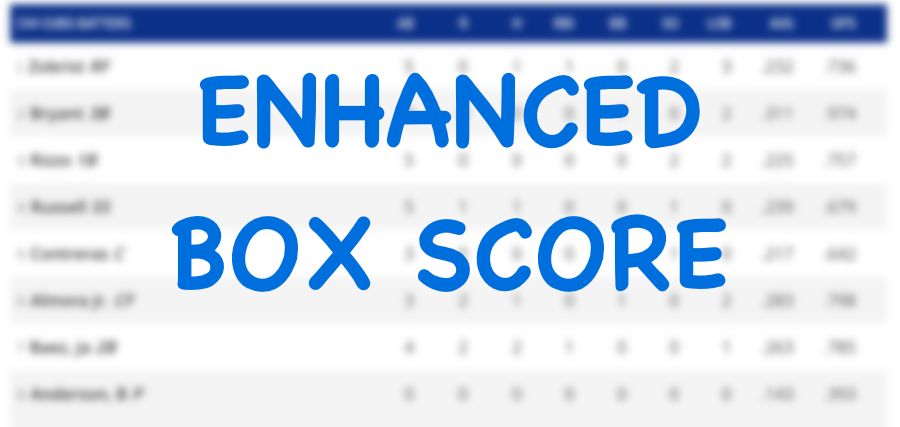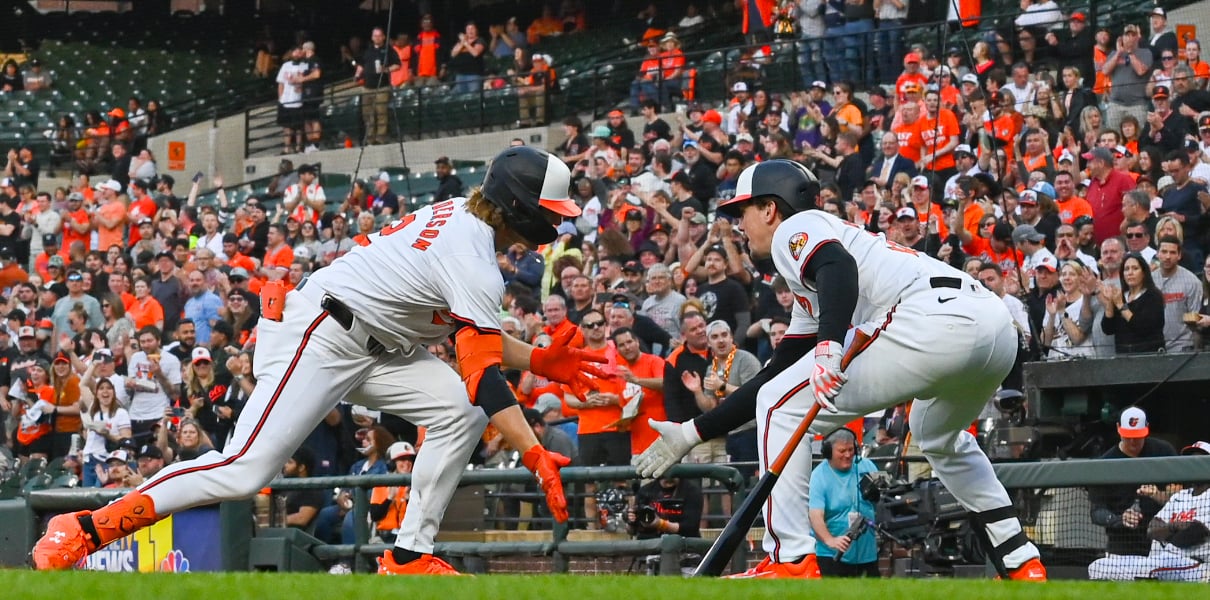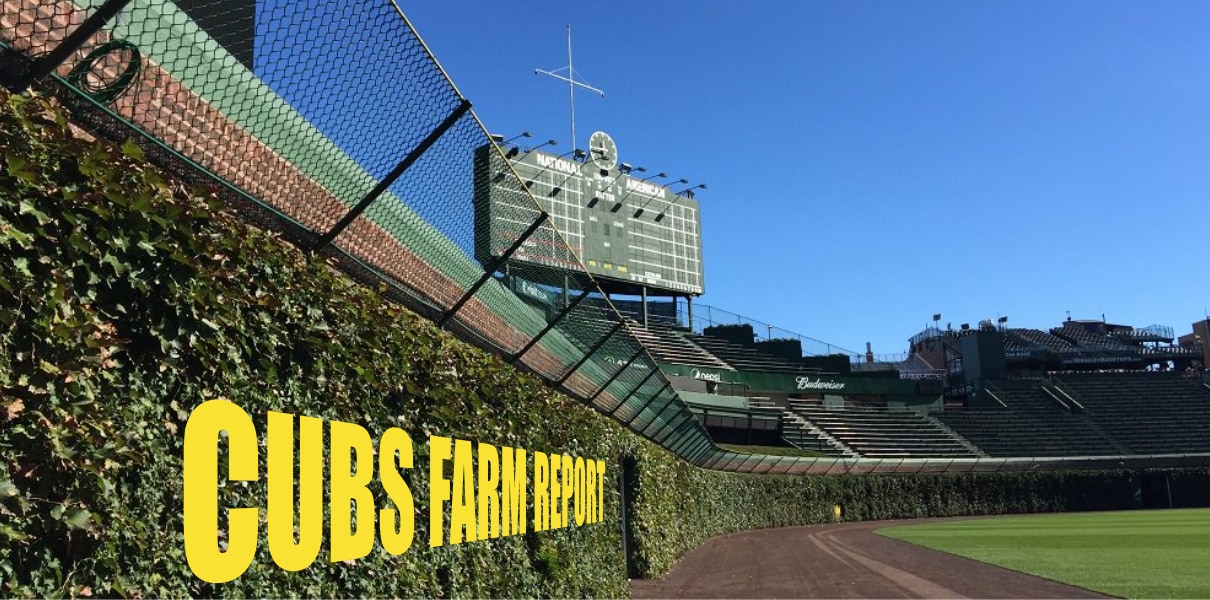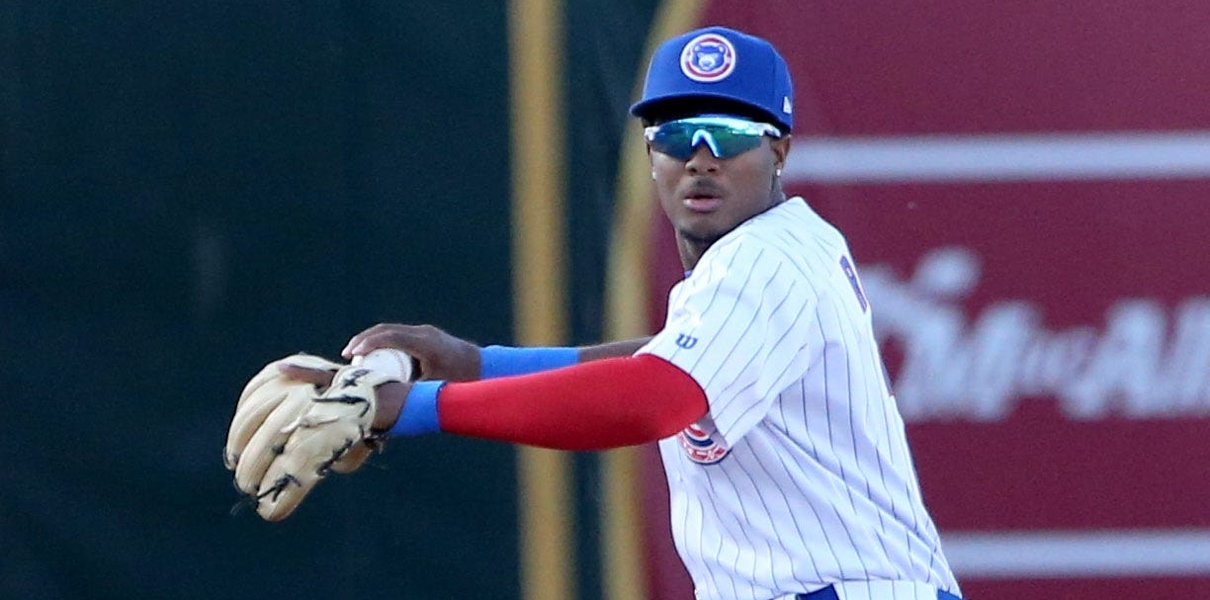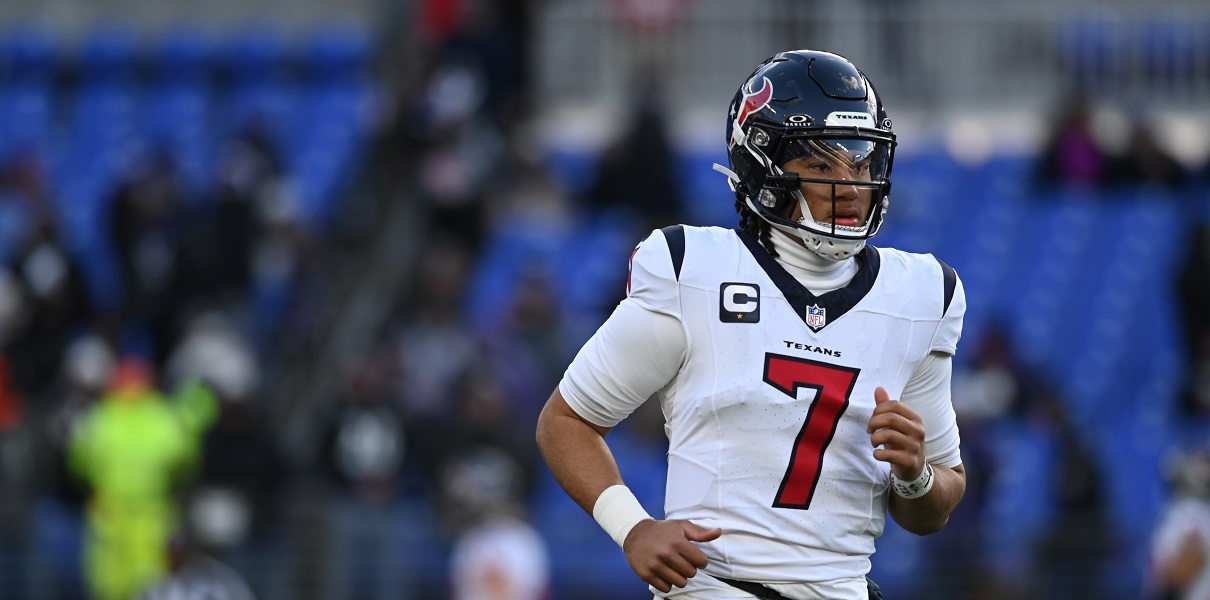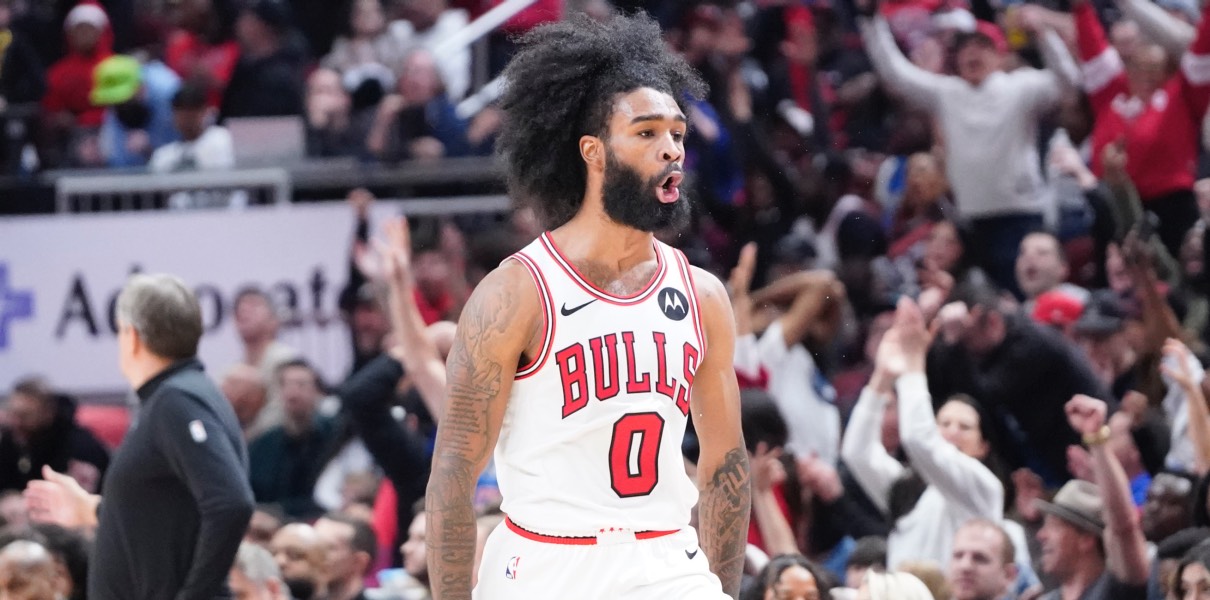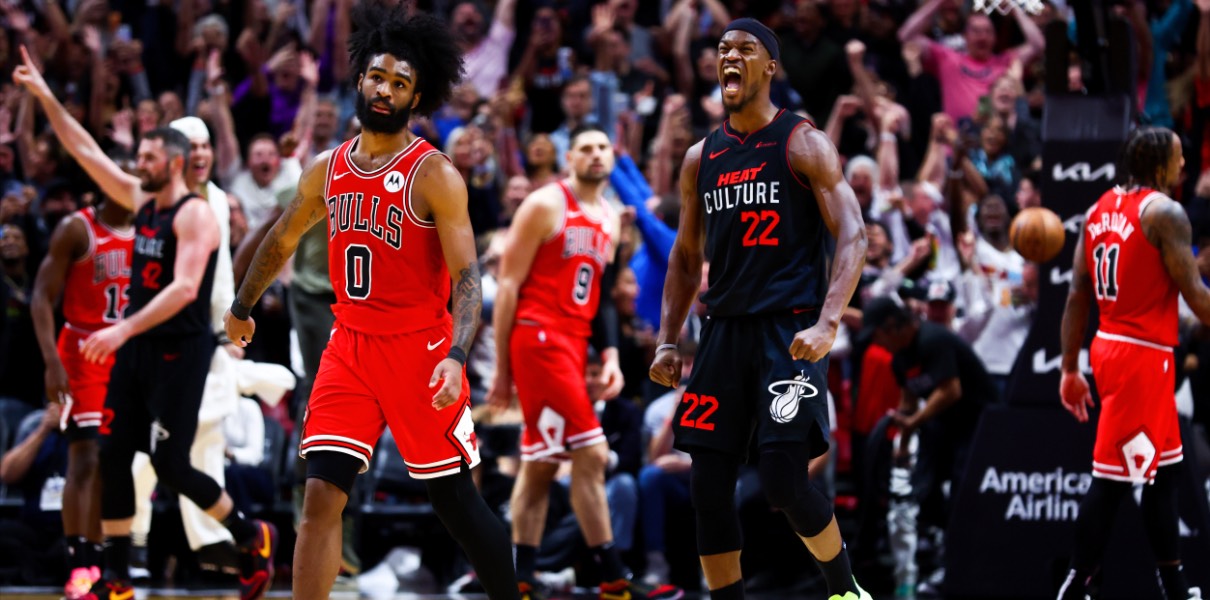When Trey Mancini and Eric Hosmer both got off to slow starts this season, it was easy to lump them together — the Cubs’ two struggling free agent first basemen. The Cubs have a “first base problem,” and all that.
But that’s not how I saw the two players, and that’s not how the free agent market saw them this winter, either. Remember, the Cubs got Eric Hosmer on the league minimum after the Padres designated him for assignment in December. But they signed Mancini, who’s a couple years younger, to a two-year, $14 million deal. That’s a world of difference in terms of expectations for the 2023 season. It’s one of the many reasons I separated their slow starts into different categories in my head.
While neither guy looked right at the plate to start the year, Mancini had the look of a veteran who was just lost in this particular moment in time. Timing, decisions, approach. It just regular finding-his-rhythm type stuff.
Hosmer, by contrast, did (and still does) look like he’d simply settled into the hitter he is now, and it’s not what you want to see at first base.
And the underlying numbers from Statcast tell a similar story.
Eric Hosmer
Eric Hosmer is currently slashing .230/.288/.328 (71 wRC+), which would be concerning numbers for any player, but especially for a player drawing most of his recent starts at DH. Unfortunately, Statcast is even less kind:
Worst of all, Eric Hosmer has a 0.5 degree average launch angle (even lower than his incredibly low 3.2 degree career mark) and a 61.7% groundball rate, which would be the third highest mark in baseball if he had enough PAs to qualify.
I know he’s managed some big RBI and has made a couple nice plays at first base. And I know that his presence in the clubhouse has real, if intangible, value. But I am concerned that he doesn’t have much left in the tank at the plate. It sucks, because he seems like a great dude and a great teammate, and I certainly want him to do well. But when another left-handed hitting slugger with fine defense is sitting there in Triple-A Iowa, we can’t just ignore Hosmer’s struggles.
But then there’s Trey Mancini. It’s really not the same story.
Trey Mancini
Mancini got off to an even slower start than Hosmer in terms of results, but (1) the underlying statistics are/were stronger, (2) he’s younger with a more recent, data-supported track record of success, and (3) he’s turned it up here lately.
In fact, since the second game of the Rangers series (his last 58 plate appearances), Mancini is slashing .283/.333/.472 (120 wRC+). That includes a double, three homers, and just a 24.1% strikeout rate. And if you want to get really rosy about it, take a look at his last six games: 8 hits, 2B, 2 HRs, 3 BBs, 4K, and a 94.4 MPH average exit velocity. In other words, he’s been really smoking the ball lately.
Mancini’s overall season slash line is still catching up (.253/.296/.387; 86 wRC+), but he’s pretty clearly dialing it in.

With a respectable average exit velocity (88.9 MPH), a slowly improving launch angle (5.7 degrees), and what appears to be just more comfort in the box, Trey Mancini seems to be on a good trajectory for the rest of the season. And I believe he’ll continue to be a big part of the success of this team.







